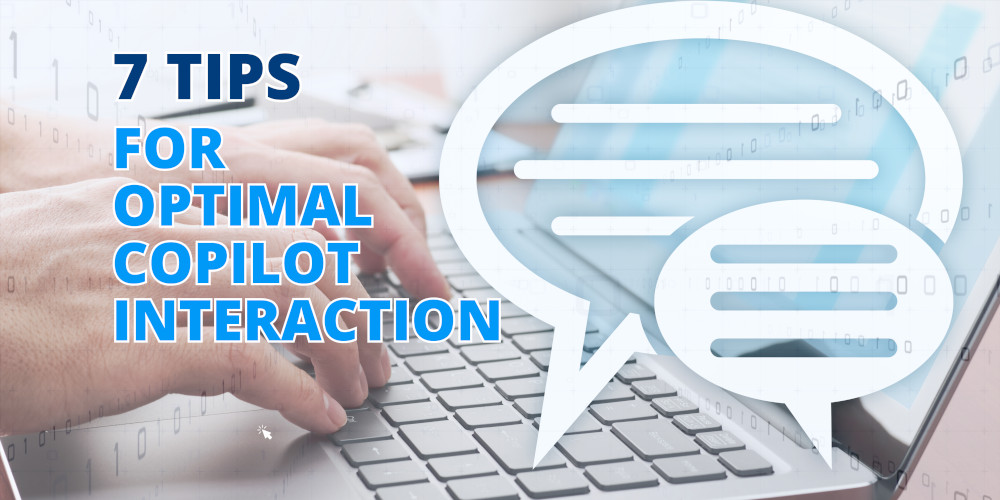In the fast-evolving landscape of artificial intelligence, Microsoft Copilot stands out as a powerful tool that can transform the way you work. To make the most out of this innovative technology, it’s crucial to understand how to communicate effectively with Copilot. Here are seven tips inspired by Microsoft experts to ensure your interactions with Copilot yield the best possible results.
1. Start with the End in Mind
Specify the output you desire from Copilot. Whether it’s crafting an email, starting a brainstorming session, or generating a detailed memo, providing clear examples of your expectations enhances Copilot’s ability to deliver precisely what you need.
2. Set the Stage
Offer context and relevant details about the outcome you’re working towards. Describe the purpose, audience, and any specific focus areas. Unlike traditional search engines, Copilot thrives on descriptive prompts, so be thorough in explaining your requirements.
3. Define Parameters
While not mandatory, specifying information sources or samples can significantly improve results. Whether it’s broad guidelines or tagging specific files, providing additional details helps Copilot understand your needs better.
4. Tailor the Delivery
Clearly state your expectations regarding tone, audience, and style. Explain who you are and the objective you’re aiming for. For instance, you might request Copilot to explain concepts as if addressing a novice-level audience or to provide only top-line takeaways for a busy executive.
5. Be Polite
Basic etiquette matters. Using polite language sets a positive tone for the response. Just as in human interactions, politeness fosters a collaborative and respectful environment. Copilot, like any language model, mirrors the levels of professionalism and clarity in the inputs it receives.
6. Be Curious
Before diving into your main request, ask preliminary questions to gather essential information. A growth mindset, as emphasised by Microsoft CVP and Deputy CTO Sam Schillace, is key. Knowing what you don’t know can guide you to ask more insightful questions.
7. Iterate, Iterate, Iterate
Remember, Copilot is a collaborative tool. It’s not discouraged by initial requests; instead, it encourages an ongoing conversation. Think of it as a dynamic and interactive process where you co-create content, solve problems, and learn based on your goals, expectations, and feedback.
Conclusion: A Conversation, Not a Command
Working with AI, especially Copilot, is more than a one-way street. It’s a dynamic process where you and Copilot collaborate, co-create, and learn from each other. By following these tips, you’re not just commanding Copilot; you’re engaging in a conversation that leads to more refined, efficient, and valuable outcomes. As you lead the way, remember that effective communication is the key to unlocking the full potential of generative AI.

